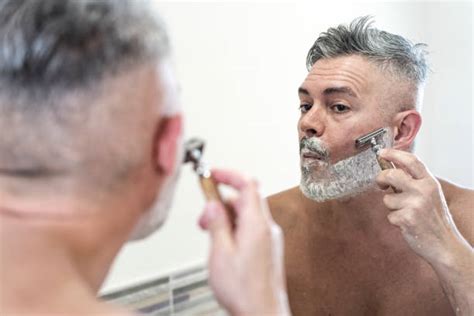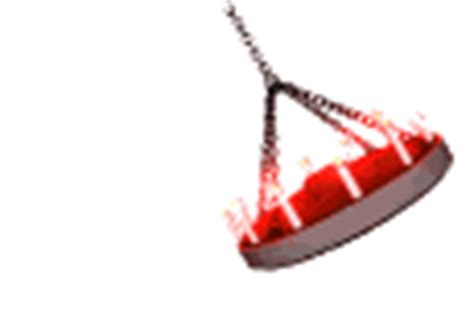How to prevent razor burn & ingrown hairs for a performance-ready, smooth shave?
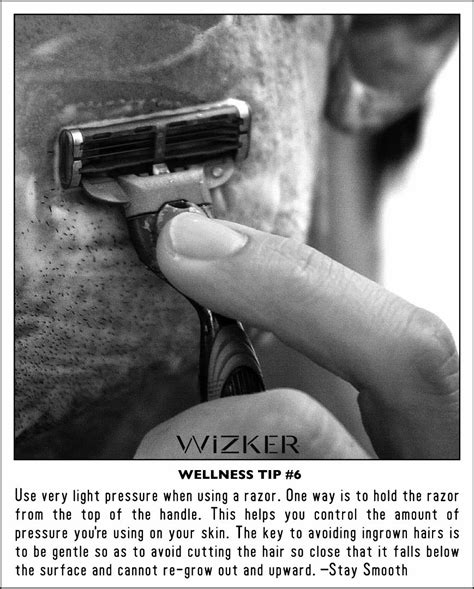
Mastering the Art of the Irritation-Free Shave
Achieving a perfectly smooth, “performance-ready” shave without the dreaded razor burn or unsightly ingrown hairs is a goal for many, whether for professional appearance or personal comfort. While these common shaving woes can be frustrating, they are largely preventable with the right techniques, tools, and a consistent routine. This guide will walk you through the essential steps to transform your shaving experience from a chore into a ritual that leaves your skin feeling fresh, smooth, and irritation-free.
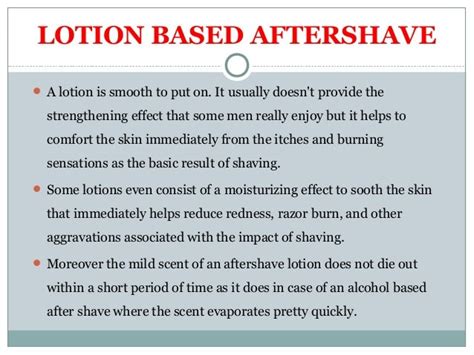
1. The Pre-Shave Ritual: Setting the Stage for Success
Proper preparation is the cornerstone of a great shave. Don’t rush this crucial first step, as it softens the hair, opens pores, and creates a protective barrier for your skin.
Exfoliate Gently
Before you even pick up your razor, consider exfoliating your skin a few times a week, and especially before shaving. This helps to remove dead skin cells that can clog follicles and trap hairs, leading to ingrown hairs. Use a mild facial scrub or an exfoliating brush.
Warmth is Your Friend
Shave after a hot shower or bath, or apply a warm, damp towel to your face for a few minutes. The steam and warmth open up pores and soften your hair follicles, making the hairs easier to cut and reducing tugging and pulling.
Pre-Shave Oil: Your Skin’s Best Guard
A good quality pre-shave oil adds an extra layer of lubrication between your skin and the blade. It helps the razor glide smoothly, minimizing friction and irritation. Apply a few drops and massage gently into your skin.
Lather Up with Quality
Ditch the aerosol foam for a rich, hydrating shave cream or gel. Use a shaving brush to create a luxurious lather; this lifts the hairs, coats them, and allows for a closer cut while moisturizing the skin. Let the lather sit on your face for a minute or two before shaving.
2. The Shaving Technique: Precision and Patience
How you wield your razor is just as important as the prep work. Hasty, aggressive shaving is a direct path to razor burn and nicks.
Invest in a Sharp, Clean Blade
This cannot be stressed enough. A dull blade is the primary culprit behind razor burn and tugging. Change your razor blade or cartridge every 5-7 shaves, or sooner if you feel any pulling. Always rinse your blade thoroughly after each stroke to clear it of hair and product.
Shave with the Grain, Not Against It
For your first pass, always shave in the direction your hair grows. This is the most effective way to prevent irritation and ingrown hairs. While shaving against the grain might feel like it gives a closer shave, it significantly increases the risk of cutting the hair below the skin’s surface, leading to ingrowns, and can cause severe irritation.
Light Pressure, Gentle Strokes
Let the razor do the work. Pressing down too hard doesn’t get you a closer shave; it only irritates your skin and dulls your blade faster. Use short, light strokes and rinse your blade frequently.

For an Even Closer Shave (Optional Second Pass)
If you desire an even closer shave, re-lather and perform a second pass, either across the grain (perpendicular to hair growth) or, very carefully, against the grain if your skin can tolerate it without irritation. Always listen to your skin.
3. Post-Shave Care: Soothe, Protect, and Hydrate
The work isn’t over once the last hair is cut. Post-shave care is vital for calming the skin and preventing issues.
Rinse with Cold Water
Once you’re done shaving, rinse your face thoroughly with cool or cold water. This helps to close pores and soothe any potential irritation, preventing bacteria from entering.
Apply a Soothing Aftershave Balm
Opt for an alcohol-free aftershave balm or lotion. Alcohol-based products can dry out and irritate freshly shaved skin. Look for ingredients like aloe vera, witch hazel, chamomile, or allantoin which help to calm and moisturize the skin.
Moisturize Regularly
Keep your skin hydrated daily, not just after shaving. A good facial moisturizer helps maintain skin barrier function, keeping it healthy and less prone to irritation and ingrown hairs.

4. Advanced Prevention and Troubleshooting
Consider a Safety Razor or Electric Shaver
For those consistently battling ingrown hairs, a single-blade safety razor can be a game-changer. It cuts the hair at the skin’s surface, reducing the chance of hairs curling back into the skin. Similarly, a high-quality electric shaver can be gentler on sensitive skin, though it may not provide as close a shave as a wet razor.
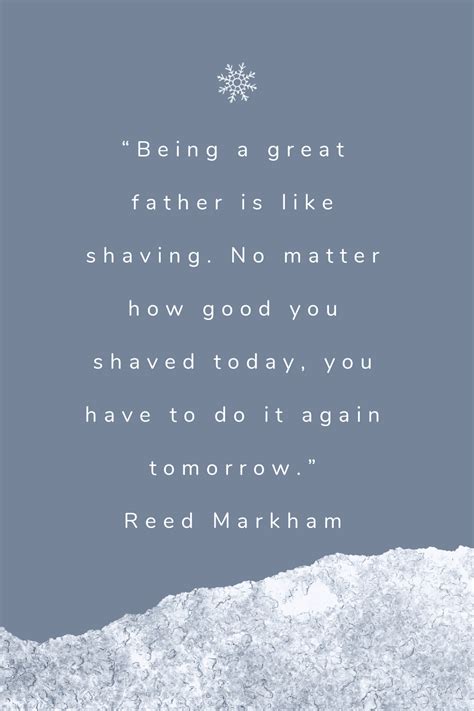
Treating and Preventing Ingrown Hairs
If ingrown hairs are a persistent issue, consider using products containing salicylic acid or glycolic acid a few times a week. These gentle exfoliants help to keep pores clear and prevent hairs from getting trapped. Never pick at ingrown hairs with tweezers, as this can lead to infection and scarring.
Give Your Skin a Break
If irritation persists, try skipping shaving for a day or two to allow your skin to recover. Sometimes, less frequent shaving is the best solution for highly sensitive skin.
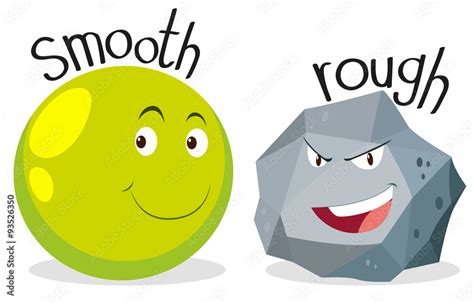
Conclusion: Consistency is Key
Preventing razor burn and ingrown hairs for a consistently smooth, performance-ready shave boils down to consistency and attention to detail. By adopting a thoughtful pre-shave, shave, and post-shave routine, using the right tools, and listening to your skin’s needs, you can transform your daily shave into a comfortable and satisfying experience. Embrace these steps, and enjoy the confidence that comes with perfectly groomed, irritation-free skin.






